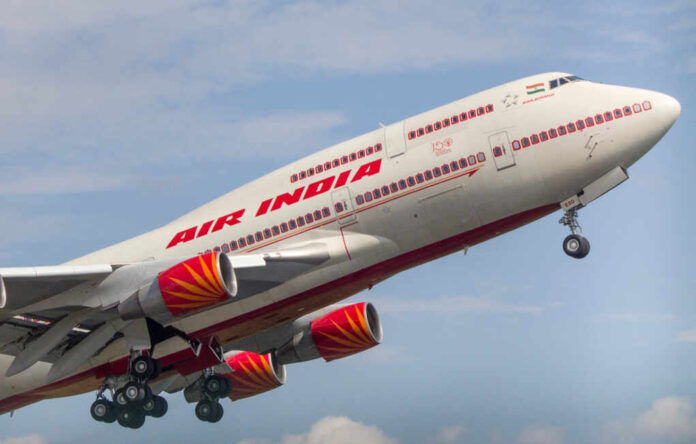
As investigators dissect the mystery surrounding the Air India Boeing 787 Dreamliner crash, the aviation world holds its breath over what the black boxes might reveal.
At a Glance
- Black boxes from the crashed Dreamliner are crucial for the investigation.
- The crash killed over 270 people and involved dual engine failures.
- Questions arise about the functionality of emergency power systems.
- Boeing and global aviation bodies are assisting in the investigation.
The Tragic Event
A devastating incident occurred when an Air India Boeing 787 Dreamliner crashed shortly after takeoff from Ahmedabad, claiming the lives of more than 270 people. The aircraft, encountering dual engine failure, tragically plummeted into a residential area. An investigation is underway as experts are baffled by the failure of both engines, a rare occurrence in commercial aviation.
The dual engine failure, which ignited the emergency power system, poses questions about this safety feature’s readiness. This typically rare event is the focal point of experts’ curiosity. With the black boxes retrieved from the wreckage, investigators aim to uncover the data that might illuminate the cause of this unthinkable catastrophe.
The Ongoing Investigation
Conducted by India’s Aircraft Accident Investigation Bureau, with international collaboration, the investigation is a colossal effort. The high-level committee is reviewing factors such as pilot training, aircraft load, and engine thrust issues. The meticulous process, protracted by potential damage to the black boxes, aims to ultimately reinforce aviation safety.
“The data will reveal everything” – Amit Singh.
Early findings suggest the emergency power generator, known as the ram air turbine, was activated, prompting rigorous checks and scrutiny on the Dreamliner’s emergency systems. Despite Engine failure being rare, preparedness must be paramount for such scenarios.
Lessons and Future Safety
The tragedy of this Boeing incident serves as a somber reminder of the high stakes in aviation, where the smallest oversight can spiral into disaster. The crash stands as the first fatal incident for a 787 Dreamliner in its 16 years of operation. Both Boeing and GE Aerospace remain notably tight-lipped, shadowing the journey toward accountability and correction.
It’s imperative to scrutinize not just the machines but also the protocols and human elements that could prevent similar heartaches. As each piece of data unravels, the families impacted by this unimaginable tragedy must remain at the forefront, urging an aviation future where such disasters are relegated to history.

























